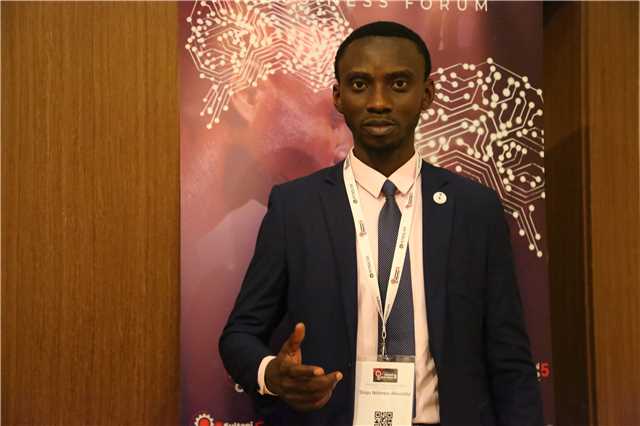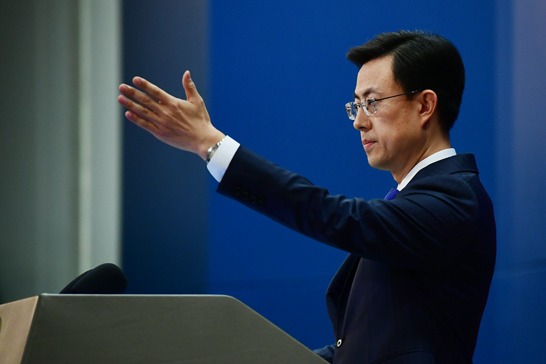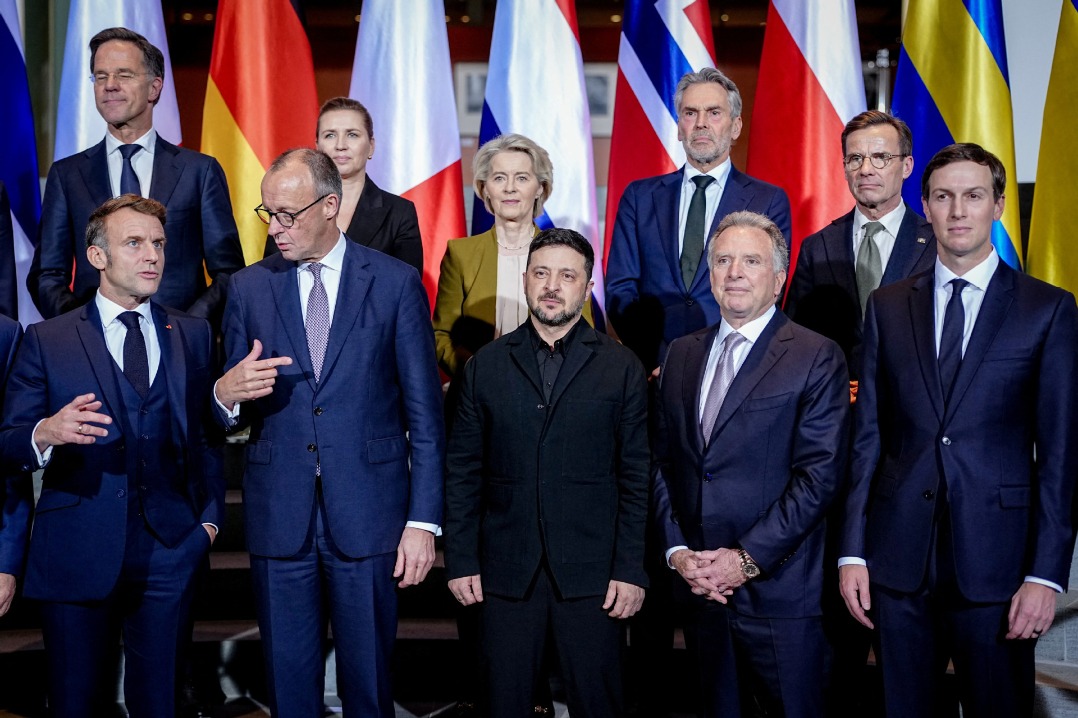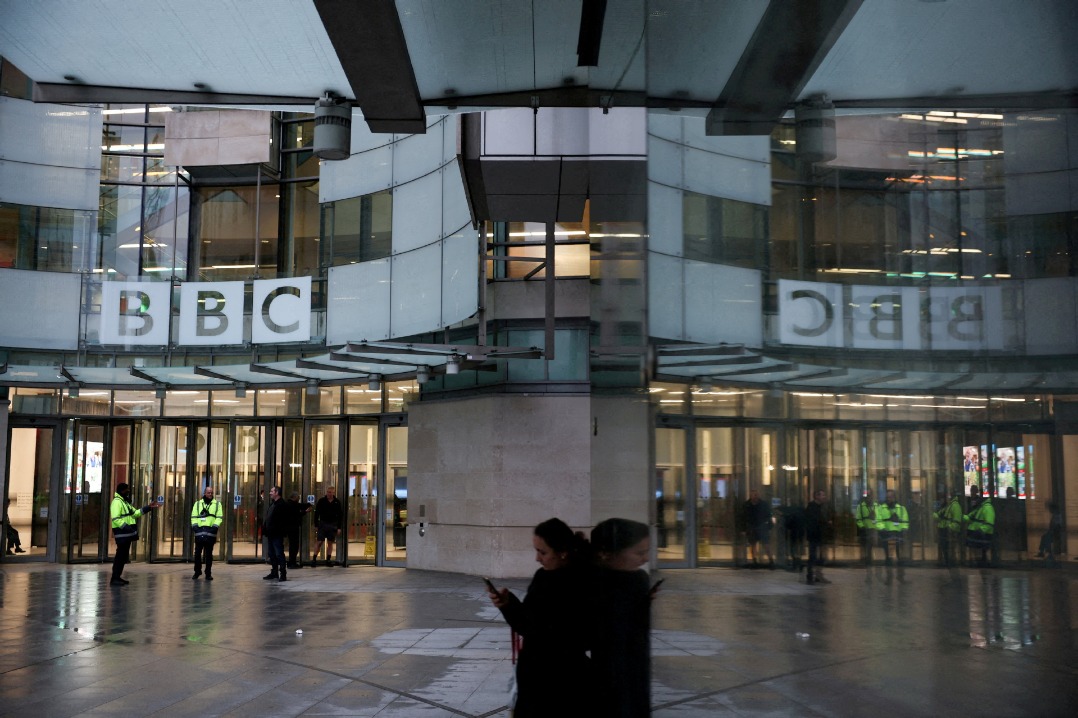Artists call for structured African contemporary art market


One day in 2008, Sisqo Ndombe, a Congolese artist and graduate of the Kinshasa Academy of Fine Arts, took to the streets of the Democratic Republic (DR) of Congo's capital, Kinshasa. His artwork in his hands, he braved the scorching sun as he looked for customers, eager for his first sale.
Unfortunately, after walking several kilometers and trying to persuade people to buy his work, nobody expressed interest and he returned home a frustrated man.
"That is the day I realized that there is a big challenge in the artistic sector. I also discovered that many talented African artists who I knew were facing a similar frustration. They could not sell their artwork or even be recognized, because of the lack of diffusion spaces, professional galleries, and customers," Ndombe said.
This didn't dampen his enthusiasm, but instead inspired his entrepreneurialism. On June 2018, Ndombe launched Bandombe Gallery, an online marketplace selling contemporary African artwork.
The platform has registered over 400 artists from across Africa, of whom about 300 have displayed over 800 artworks at the gallery. The artworks cost $150-$20,000 and so far, 37 artworks have been sold through the platform.
"The advantage of the arts community is that you are judged on your talent and skills, not on your academic qualifications or experiences. Studying the works of great masters remains the best training," he said.
Ndombe was among the African artists and experts who had gathered at a side event during the Makutano Forum in Kinshasa on September 6, 2019 to discuss how the contemporary African art market can position itself and find an audience.
The participants agreed that contemporary African art is unable to compete internationally because of the lack of a structured market. They said there is a need to develop a system that will enable the sector to develop and that will also critique artworks.
They also emphasized the need for art education to keep pace with market demands and to encourage creativity. They called on African governments to create national galleries where artists can exhibit their artworks.
Henri Kalama, professor, painter and general director of the Kinshasa Academy of Fine Arts, spoke of the need for an African market able to compete internationally, which would give African artists inspiration from the works of artists across the globe.
Kalama said there should be reinvestment in African culture, to make it more interesting and encourage people interested in supporting the art industry.
"African governments should create conditions to allow art to develop, like financing them directly or giving advantage to investors in the culture industry. In DR Congo, many people want to venture into art, but are hindered by a lot of taxes and customs," he said.
Kalama said South Africa has professional galleries that have not only given artists international exposure but have also made their value known.
"In DR Congo, an artist will be selling a painting at $1,000 today, and unfortunately, it will be hard to sell the same painting at half the price the next day, because the market is not structured," he said.
Kalama said African society should be educated that beyond enjoyment, art can also be a source of income.
"The future of art is in Africa. That's why the sector players and experts have been holding forums, an indication that people are looking for a solution," he said.
Freddy Tsimba, artist-sculptor, said it's unfortunate that African artists' works are popular outside but unknown on the continent.
"When I heard the price of my artwork during an exhibition in Canada, I shed tears, not because of the amount of money, but because I had to travel outside the country to sell my artwork," he said.
Tsimba's thought-provoking sculptures expose the trauma of war, bringing life out of death. He has expressed the tragedies of a woman during the events of conflict and war. He uses objects of war like bullets castings, machetes and discarded metals like spoons and keys.
Tsimba said when he was starting off he received lots of criticism from people for taking such a career path, but he chose to follow his passion. Today, he has received numerous awards and distinctions in France and Canada and has participated in over 50 exhibitions in Africa, Europe, Canada and China.
































